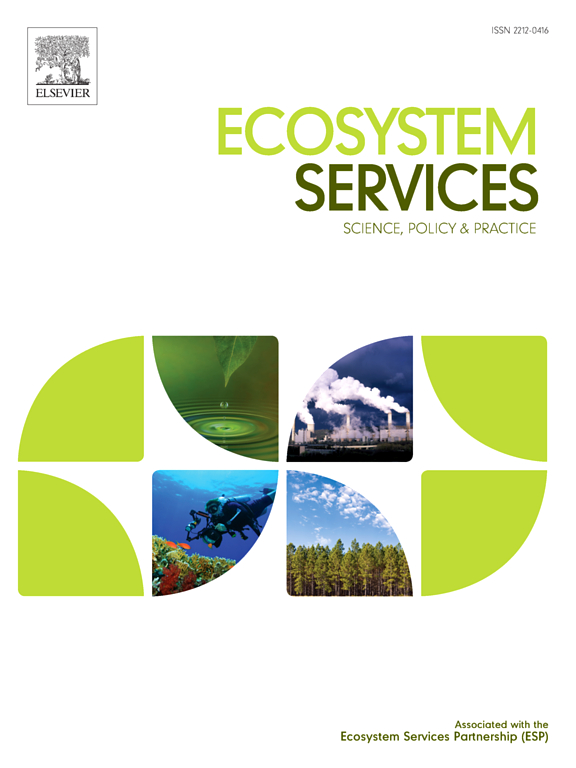The nexus between pressures and ecosystem services in floodplains: New methods to integrate stakeholders’ knowledge for water quality management in Serbia
Abstract
Floodplains provide a wide range of interdependent ecosystem services (ES) that more or less correlate with water quality. Any change to one component of the ecosystem can have a ripple effect on parts of or on the whole system. We tested a methodology that integrates collaborative learning and creation processes with stakeholders aimed at (1) identifying causal relationships between water quality-related ecosystem services of floodplains themselves and between ES and the pressures they encounter by using fuzzy cognitive mapping, and (2) visualizing “what-if” scenarios of the potential impact of changing pressures on selected ES, as the authors’ contribution to extending the methodology. The approach is tested on the case study of the Koviljsko-petrovaradinski rit floodplain in Serbia. Ten ES and five pressures selected as most important by stakeholders were used to create the sophisticated fuzzy cognitive model and assess the influence of pressures’ increase or decrease on given ES. Using the model, ideal (all pressures minimized) and optimal (stakeholders defined realistic level of reduction of pressures) scenarios were analyzed and mapped for the ‘Habitat provisioning’ service. The impact of maximization of each particular pressure on ES is assessed as well. The results indicate that ‘Wastewater‘ has the greatest negative influence on all ES (particularly on ‘Plant biomass grassland’); it is followed by ‘Land take’ and ‘Drought events’. If wastewater pressure is reduced to the minimum, the results obtained are similar to the optimal scenario. The proposed approach facilitates a comprehensive assessment of the floodplain’s potential to provide ES under different pressures and enhances stakeholders’ integrated understanding of the complex floodplain ecosystem and its services. This, in turn, together with the visualization of the different scenarios, enables more effective decision-making and management strategies for floodplains.

 求助内容:
求助内容: 应助结果提醒方式:
应助结果提醒方式:


